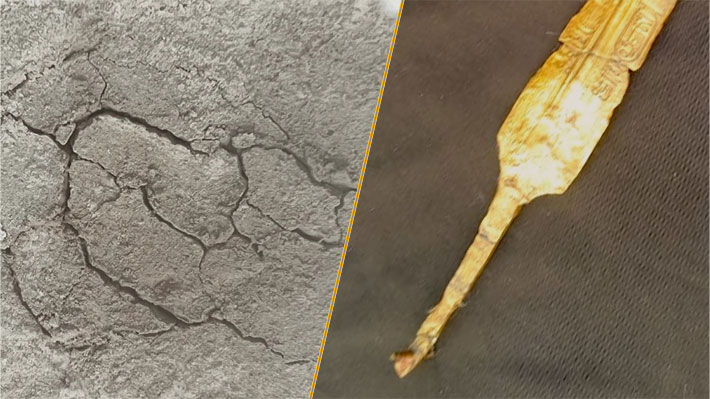Processes, Vol. 12, Pages 2033: Refractured Well Hydraulic Fractures Optimization in Tight Sandstone Gas Reservoirs: Application in Linxing Gas Field
Processes doi: 10.3390/pr12092033
Authors: Zhengrong Chen Yantao Xu Bumin Guo Zhihong Zhao Haozeng Jin Wei Liu Ran Zhang
Poorly producing wells in sandstone gas reservoirs are often refractured to enhance production. Considering the mutual interference of initial/refractured fractures, conductivity dynamic evolution, non-uniform inflow, and variable mass flow in the fracture comprehensively, a semi-analytical reservoir-fracture coupled production model fusing spatial and time separation methods is introduced to model refractured well performance. The proposed model is verified by CMG. The field applications indicate that the refracture job should be carried out when production is lower than the desired value. Restoring the Cf-ini and constructing the Cf-ref can increase productivity, which increases over 8 D•cm. The production growth rate just obtained a slight improvement. The production increased significantly with Lf-ini increasing from 120~270 m and Lf-ref increasing from 100~150 m. Hence, it is essential to extend the Lf-ini under engineering conditions. The ks/km = 10 can obviously increase production, but further enlarging ks does not contribute to well performance. Conversely, further producing larger bs is vital to enhancing production. Subsequently, the optimal parameter combinations (ds > Lf-ini > Lf-ref > Cf-ini > ks > Cf-ref) for well(X1) are carried out by orthogonal experiments. This work proposes a novel method to simulate refractured vertical well performance in tight gas reservoirs for refracture optimization.

 5 hours ago
41
5 hours ago
41

